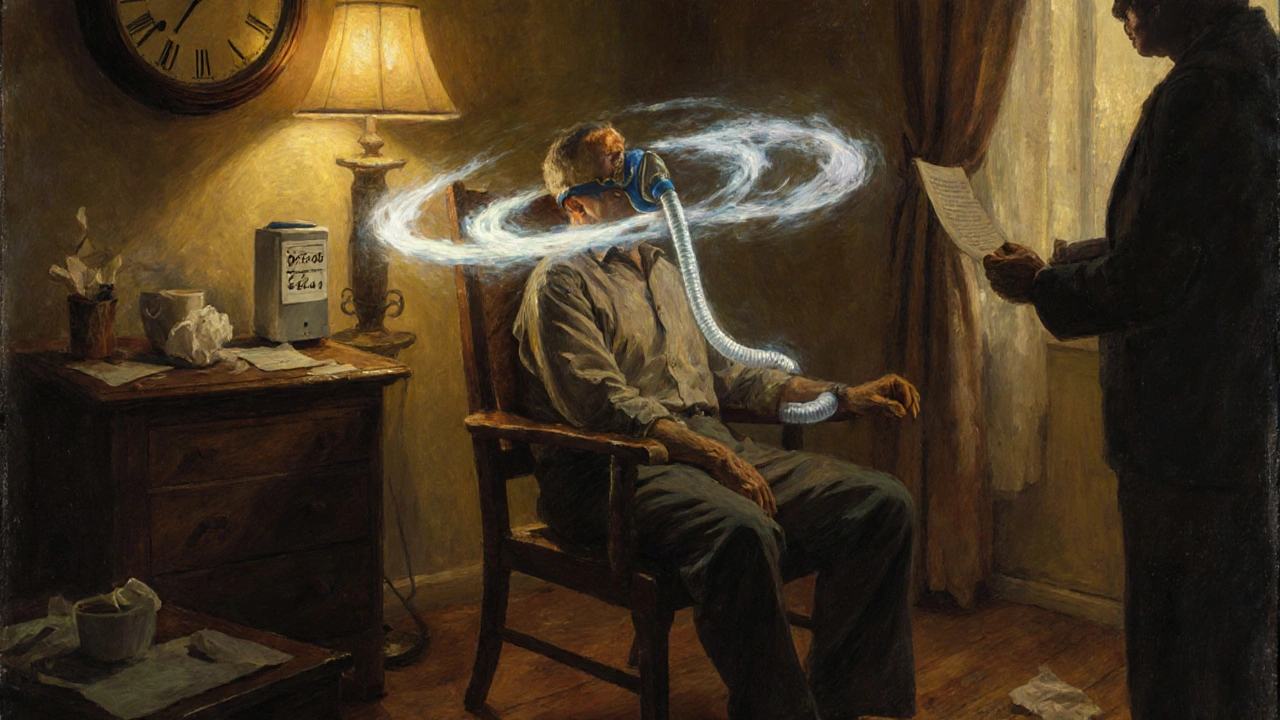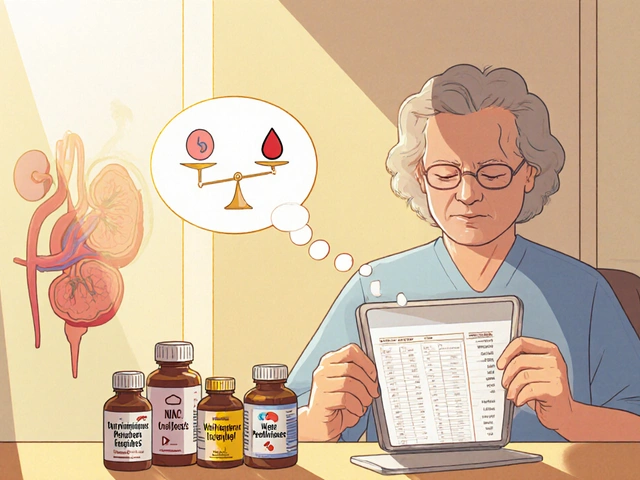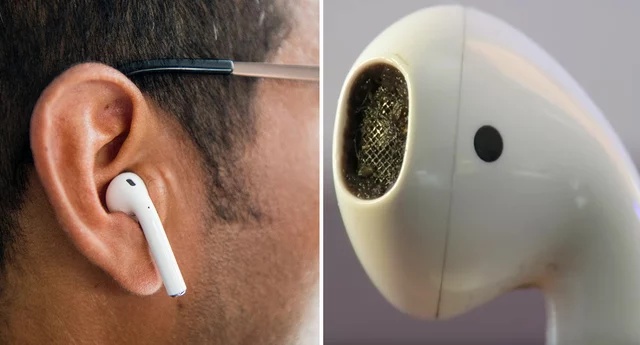What Exactly Are Cluster Headaches?
Cluster headaches aren’t just bad headaches. They’re among the most painful conditions known to medicine. People who experience them describe the pain as a hot poker driven behind the eye, burning through the skull, and it hits like a lightning strike-no warning, no mercy. The pain is usually centered around one eye or temple, and it comes in waves that last between 15 and 180 minutes. Attacks can happen multiple times a day, sometimes for weeks or months straight, then vanish for months or even years. This cycle is called a cluster period.
Unlike migraines, which often come with nausea and light sensitivity, cluster headaches are marked by dramatic physical changes on the same side as the pain: a watery eye, a stuffy or runny nose, a drooping eyelid, or even a flushed face. People don’t sit still during an attack-they pace, rock, scream, or bang their heads. It’s why some call it the "suicide headache."
It affects about 1 in 1,000 people, and men are three times more likely to get them than women. Most people start having them between ages 20 and 50. The exact cause isn’t known, but scientists believe it’s tied to the hypothalamus-the part of the brain that controls your biological clock. That’s why cluster periods often happen at the same time each day, or even the same season each year.
Why Oxygen Therapy Is the Gold Standard
If you’re having a cluster headache, time is everything. The faster you treat it, the better your chances of stopping it. That’s where oxygen therapy comes in. Breathing 100% pure oxygen through a mask isn’t just a suggestion-it’s the first-line treatment recommended by every major neurological society, including the American Academy of Neurology and the European Headache Federation.
Here’s how it works: you breathe high-flow oxygen (between 12 and 15 liters per minute) through a non-rebreather mask for 15 to 20 minutes. The oxygen floods your system, reduces inflammation in the trigeminal-autonomic reflex pathway, and calms the overactive brain signals causing the pain. In 78% of cases, people are pain-free within 15 minutes. Some feel relief in as little as 5 to 10 minutes if they start right away.
What makes oxygen therapy special isn’t just how well it works-it’s how safe it is. Unlike medications like sumatriptan injections, which can cause chest tightness, dizziness, or raise blood pressure, oxygen has zero side effects. It doesn’t interact with other drugs. It’s safe for people with heart conditions, high blood pressure, or those who can’t take triptans. And it’s not addictive.
How to Use Oxygen Therapy Correctly
Using oxygen wrong can mean missing your window of relief. Here’s what actually works based on clinical data and patient reports:
- Get a prescription for medical-grade oxygen. Your doctor will write it for ICD-10 code G44.0 (cluster headache).
- Use a non-rebreather mask with a reservoir bag. Regular nasal cannulas won’t cut it-you need to inhale nearly pure oxygen, not diluted air.
- Set the flow rate to 12-15 liters per minute. Studies show 12 L/min gives 78% pain relief; lower flows like 6 L/min drop effectiveness to under 30%.
- Start breathing oxygen the moment you feel the first twinge. Delaying even 10 minutes can make it less effective.
- Sit upright, lean forward slightly, and breathe deeply and steadily. Don’t lie down.
- Keep the mask sealed tightly. A leak can cut your oxygen dose in half.
Most people learn the technique after 2 or 3 attacks. Common mistakes? Poor mask fit (42% of first-time users), using the wrong flow rate (28%), or waiting too long to start. If you’re using a portable oxygen concentrator, make sure it’s rated for 15 L/min continuous flow. Models like the Inogen One G5 or the newer O2VERA device are designed specifically for this.

How It Compares to Other Treatments
Triptans like sumatriptan injections or zolmitriptan nasal spray are also used for cluster headaches. But here’s the real comparison:
| Treatment | Pain-Free at 15 Min | Side Effects | Speed of Onset | Cardiovascular Risk |
|---|---|---|---|---|
| Oxygen Therapy (12-15 L/min) | 78% | None | 5-15 minutes | None |
| Sumatriptan Injection (6 mg) | 74% | 34% (chest tightness, dizziness) | 10-20 minutes | Yes-avoid if heart disease |
| Zolmitriptan Nasal Spray (5 mg) | 50% | 22% (bitter taste, nausea) | 15-30 minutes | Yes |
| Placebo | 20% | None | N/A | None |
Oxygen wins on safety and speed. It’s also the only treatment that doesn’t carry cardiovascular risk-critical for the 15% of cluster headache patients who have heart conditions. Some people use oxygen and triptans together, but oxygen alone is enough for most.
Who Doesn’t Respond to Oxygen Therapy?
It’s not magic for everyone. About 1 in 5 people don’t get relief-even with perfect technique. Research shows certain factors make oxygen less likely to work:
- You’ve never smoked (odds of failure are 2.3 times higher)
- You have constant headache pain between attacks (3.1 times more likely to be resistant)
- Your attacks last longer than 180 minutes (2.8 times less effective)
These aren’t deal-breakers-they just mean you need a backup plan. For those who don’t respond to oxygen, options include injectable sumatriptan, nerve stimulators like gammaCore, or even newer treatments like sphenopalatine ganglion blocks. But oxygen should still be your first try. It’s fast, free of side effects, and worth a shot every time.
Access and Insurance Problems
Here’s the ugly truth: even though oxygen therapy is the most effective treatment, most people struggle to get it. In the U.S., Medicare only covers it if you’ve tried two triptans first and have at least one attack per week. Many private insurers deny claims outright. A 2022 CMS report found 41% of initial oxygen therapy claims were rejected.
Insurance hurdles mean many patients can’t afford the equipment. A medical-grade oxygen concentrator costs $1,200 to $2,500 upfront. Monthly rentals run $150-$300. Masks and tubing add another $5-$10 per unit. Rural patients are hit hardest-only 28% have immediate access compared to 63% in cities.
But progress is happening. Since 2020, 22 U.S. states have passed laws requiring insurers to cover oxygen for cluster headaches. Companies like Inogen and O2VERA now make portable, FAA-approved devices that fit in a backpack. Some patients keep units in their bedroom, car, and office so they’re never caught without it.

Real Stories: What Patients Say
On Reddit’s r/ClusterHeadaches forum, with over 14,500 members, users share daily experiences. One person wrote: "12 L/min with a non-rebreather mask gets me pain-free in 8 minutes if I catch it early. Before this, I was at 9/10 pain. Now I’m back to work." Another said: "I used to cry in the bathroom every night. Now I have my oxygen by the bed. I breathe, I wait, and it’s gone. It’s not a cure, but it’s my lifeline."
But not all stories are easy. One patient on Patient.info wrote: "I was denied coverage three times. My doctor had to appeal. Took 11 weeks. I had to use triptans in the meantime-my heart felt like it was being squeezed."
Success isn’t just about the device-it’s about preparation. The best outcomes come from people who keep their oxygen ready, practice the mask seal before an attack hits, and don’t wait for the pain to peak. Those who wait often regret it.
What’s Next for Oxygen Therapy?
The field is moving fast. In 2023, the FDA cleared the O2VERA device-a lightweight, 5.2-pound portable concentrator designed specifically for cluster headaches. In 2024, the European Medicines Agency approved a new nasal cannula system that delivers high-flow oxygen more comfortably, with 89% success in trials.
Researchers are now testing demand-valve masks that release oxygen only when you inhale. Early results show they can cut treatment time to under 7 minutes. Three major clinical trials are underway to see if this can become the new standard.
For now, though, oxygen therapy remains the most reliable, fastest, and safest tool we have. It’s not perfect, but for most people, it’s the difference between suffering and surviving.
Where to Get Help
If you think you have cluster headaches, don’t wait. See a headache specialist. Use the American Headache Society’s "Find a Headache Doctor" directory. Get a proper diagnosis-many are misdiagnosed as migraines.
Once diagnosed, ask your doctor for a prescription for oxygen therapy. Work with a durable medical equipment (DME) provider. If your insurance denies it, appeal. Use resources like Clusterbusters.org-they offer free guides, equipment loan programs, and advocacy tools.
And if you’re already using oxygen: keep your equipment charged, your masks clean, and your oxygen tank full. You never know when the next attack will strike. Be ready.







Comments(13)